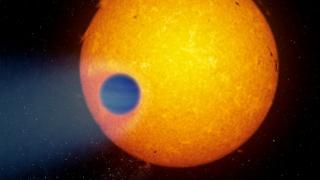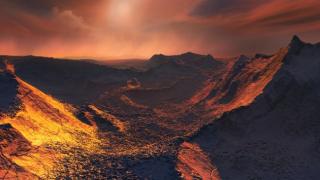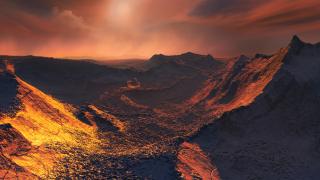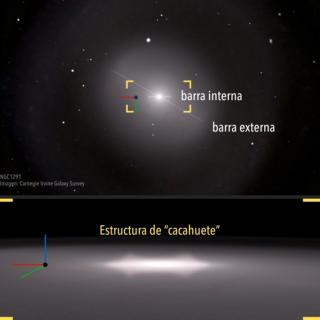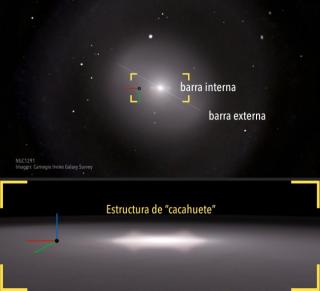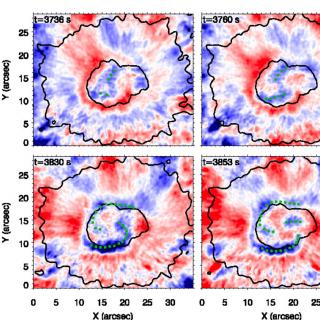
An international study, led by researchers at the IAC, reveal unknown details about the nature of a singular type of oscillatory phenomenon in spiral form detected in sunspots. The research, published in Astronomy & Astrophysics, was carried out using observations with the GREGOR telescope at the Teide Observatory.
Advertised on
